Research Article Open Access
Preliminary Analysis of Botanical and Phytochemical Features of Kamalu - Root of Flemingia strobilifera (L.) W.T. Aiton
| Bidhan Mahajon1*, Remadevi R1, Sunil Kumar KN2 and Ravishankar B3 | |
| 1Department of Dravyaguna Vijnanam, Vaidyaratnam P. S. Varier Ayurveda College, Kottakkal, Kerala, 676501, India | |
| 2Pharmacognosy, SDM Centre for Research in Ayurveda and Allied Sciences, Laxminarayana Nagar, Kuthpady, Udupi, 574 118, India | |
| 3Department of Pharmacology and Toxicology, SDM Centre for Research in Ayurveda and Allied Sciences, Udupi, 574 118, India | |
| Corresponding Author : | Bidhan Mahajon PG Scholar, Department of Dravyaguna Vijnanam Vaidyaratnam P. S. Varier Ayurveda College Kottakkal, Kerala, 676501, India Tel: +91-8593038842 E-mail: bidhanmahajon@gmail.com |
| Received October 25, 2014; Accepted December 22, 2014; Published December 29, 2014 | |
| Citation: Mahajon B, Remadevi R, Sunil Kumar KN, Ravishankar B (2015) Preliminary Analysis of Botanical and Phytochemical Features of Kamalu - Root of Flemingia strobilifera (L.) W.T. Aiton. J Homeop Ayurv Med 4:171. doi: 10.4172/2167-1206.1000171 | |
| Copyright: © 2015 Mahajon B, et al. This is an open-access article distributed under the terms of the Creative Commons Attribution License, which permits unrestricted use, distribution, and reproduction in any medium, provided the original author and source are credited. | |
Visit for more related articles at Journal of Traditional Medicine & Clinical Naturopathy
Abstract
Flemingia strobilifera (Fabaceae) is an important medicinal plant, commonly known as Kamalu in Malayalam and Kusrunt in Hindi. It is distributed in the region of the tropical area of India. Root of the plant is used for various ailments such as insomnia, epilepsy, ulcer, inflammation and microbial infection. However, Pharmacognostical standardization of this important medicinal plant has not been reported. Present study aims to characterize botanical and phytochemical features of the root, which could be used for the standard testing protocols in the future. Botanical and phytochemical features of root of this plant were analyzed. These features would be of great help in authentication and standardization of the raw drug. The phytochemical tests revealed the presence of carbohydrates, flavonoids, phenol, tannin, terpenoids, saponin, coumarins, quinone and steroids in the root of this plant. The HPLTC fingerprint obtained would be useful in chemical standardization of the raw drug of Kamalu.
| Keywords |
| Flemingia strobilifera; HPTLC; Macro-microscopy; Phytochemical analysis; Physico-chemical study; Standardization |
| Introduction |
| Flemingia strobilifera (L.) W.T. Aiton commonly known as Kamalu in Malayalam belongs to the family Fabaceae. The plant is abundantly distributed in Assam, Sind, Rajputana, Bengal, South India and Andamans [1]. The roots of this plant have been indigenously used in epilepsy, insomnia and hysteria and the leaves were as also used for vermifuge. Arabians use it in cosmetics, as anthelmintic and as a remedy for coughs and cold [1,2]. Methanolic extract of F. strobilifera was found to be a source of natural antioxidant to prevent progress of various oxidative stresses [3]. Analgesic activity of F. strobilifera had been studied, at the dose level of 100 mg/kg, the duration and intensity of analgesia in the extracts of this plant was also greater than that of acetylsalicylic acid [4]. A comparative study of the roots of two species of Flemingia viz. F. strobilifera and F. macrophylla have been reported [5]. Crude ethanol extract and ethyl acetate fraction of roots of Flemingia strobilifera showed to possess a central nervous system depressant action and act as a potential anticonvulsant [6]. Chloroform extract of leaf of Flemingia strobilifera did not show significant hepatoprotective and antioxidant activity [7]. Phytochemicals like flavanone [8], chalcones [9], glycoside [10], aurones [11] and chromenes [12] can be isolated from the plant. In spite of above important research works, a detailed pharmacognostic study to exam the authenticity and quality of root of Kamalu has not been reported so far. In present study detailed macroscopic and microscopic features of root as well as root powder was studied for authentication of the drug Kamalu. Physico-chemical tests such as weight loss on drying, total ash, acid insoluble ash, water soluble extractive, alcohol soluble extractive of root were also studied. Preliminary phytochemical tests were conducted as per standard procedure. HPTLC photo documentation, densitometric scan and Rf values of the root sample has been documented for authentication of the extract by standard procedures. |
| Materials and Methods |
| The fresh mature roots of Flemingia strobilifera were collected from Jagiroad District of Assam in December 2013. Morphological features were compared with those of the regional floras [1] at Department of Dravyaguna Vijnanam, V.P.S.V Ayurveda College, Kottakkal and further authentication was done by the department of Pharmacognosy at SDM Centre for Research in Ayurveda and Allied Sciences, Udupi. A voucher specimen (No. 385/14020702) has been deposited for further reference. |
| Dried root pieces were used for characterization of macroscopic and microscopical features. The shade-dried coarsely powdered material was used for physico-chemical analysis, extraction and chromatographic fingerprinting of phytochemicals using High Performance Thin Layer Chromatography (HPTLC). Thin hand sections were done using blades, stained as the standard methodology and then examined under microscope [13,14]. Photomicrographs of the microscopical sections were captured in Zeiss Axio Lab. A1 microscope (fitted with Ziess AxioCamERc5s) and images were analyzed using the Zeiss Axio Vision software. Percentage of total ash, acid-insoluble ash, water soluble ash, alcohol and water soluble extractive and loss on drying was performed according to the standard protocol [14]. Preliminary phytochemical investigation was done to detect the presence of alkaloid, triterpenoid, steroid, tannin, glycoside, flavonoid and coumarin in chloroform and alcohol extracts [15,16]. |
| For HPTLC fingerprinting, one gram of powdered samples were soaked in 10 ml ethanol and kept for cold percolation for 24 h and filtered. 4, 8 and 12 μl of the above samples of were applied on a precoated silica gel 60 F254 on aluminum plates of 0.2 mm thickness to a band width of 7 mm using Linomat 5 TLC applicator. The plate was developed in Toluene: Ethyl acetate (8.1). The developed plates were visualized in UV 254, 366 nm and then derivatzed with vanillin sulphuric acid reagent and scanned under UV 254 and 366 nm. Rf, colour of the spots and densitometric scan were recorded [17]. |
| Results and Discussions |
| Macroscopically the roots were cylindrical to slightly tortuous in shape, ash brown externally and yellowish brown internally, about 0.7 to 1.8 cm in diameter; surface rough with fissures and longitudinal striations, rootlets and lenticels distributing on the surface; fracture fibrous, a bitter and pungent taste without odour (Figure 1). |
| The transverse section observation showed that the outer layer of root was composed of ten or more tabular cork cells, which were filled with reddish brown amorphous matter, and the inner layer was composed of thick walled cells without any contents. Cortex is formed by two to three layers of radially arranged parenchymatous cells. Thick walled lignified phloem fibers were observed in the outer phloem and thin walled parenchyma cells in the inner phloem. Outer xylem contains vessels, lignified fibers, and parenchyma with round to oval starch grains prismatic crystals of calcium oxalate. Medullary rays were composed of distinct, two to multiseriate parenchymatous cells, narrow in the xylem region and wider in the phloem region. Pith was absent, but few parenchymatous cells with intercellular spaces occurred at the centre (Figure 2). |
| Microscopic studies of the powdered root showed the presence of fragments of vessels, fibers, cork cells; starch grains and abundant prismatic calcium oxalate crystals. Xylem fibers are long, narrow heavily lignified and thin-walled. Cylindrical vessels were composed of numerous bordered pits forming perforations, in which slightly oblique or horizontal lateral walls were observed. Starch grains are simple, oval to round, and abundantly distributing inside and outside of parenchyma cells. The cork cells were was thin-walled and polygonal, and composed of the orange-brown matter in the cross-section and the surface (Figure 3). |
| The total ash and the acid insoluble ash, direct indicator of inorganic substances, were 5.78 and 1.70% w/w respectively in the sample tested. Loss on drying was 5.193% w/w. The water soluble and alcohol soluble extractives, which gives percentage solubility of active metabolites in the solvents, were 3.61 and 5.67% w/w respectively (Table 1). |
| Preliminary phytochemical analysis showed the presence of carbohydrate, coumarins, flavanoids, phenol, quinine, saponins, tannin, and terpenoids in the root of F. strobilifera (Table 2). The roots were in rich of different categories of secondary metabolites. This might be responsible for the medicinal functions derived from the plant. |
| TLC finger print profile of ethanol extract of root under UV light at 254 nm showed 8 spots with Rf values of 0.1, 0.18, 0.28, 0.32, 0.42, 0.50 and 0.56. When the plates were viewed at 366 nm, the TLC plate showed 13 spots. The spots with Rf values 0.1, 0.32, 0.42, 0.50 and 0.56 were observed under both 254 nm and 366 nm. After post derivatization of the plate with vanillin sulphuric acid, the plate showed 5 spots with Rf values 0.05, 0.14, 0.32, 0.39 and 0.56. Spots with Rf of 0.32 and 0.56 were common in all the three visualization methods indicating that the chemical structure of the compound could be the same (Table 3 and Figure 4). |
| Densitometric scan at UV 254 nm in HPTLC of ethanol extract revealed 11 peaks suggesting 11 different compounds in the ethanol extract, the Rf were 0.04 (13.53%), 0.07 (2.31%), 0.13 (20.77%), 0.20 (15.10%), 0.38 (17.30%), 0.46 (9.54%), 0.55 (8.60%), 0.65 (2.27%), 0.81 (2.27%), 0.90 (4.30%), and 0.97 (4.01%), respectively (Figure 5). At UV 366 nm, the plate showed 6 peaks. 0.02 (0.69%), 0.03 (18.64%), 0.24 (21.86%), 0.41 (16.18%), 0.52 (10.60%), and 0.57 (32.03%), respectively (Figure 6). |
| The TLC and HPTLC fingerprint would serve as an important parameter to standardize the ethanol extract of Kamalu. |
| Conclusion |
| The Pharmacognostical standards of the root of Kamalu were analyzed in this study. The macroscopic and microscopic features of the plant were characterized, which could be used for the future identification of the plant. Physico-chemical pharmacopoeial standards for this plant were also studied. Phytochemical entities such as carbohydrate, coumarins, flavonoids, phenol, quinine, saponin, and tannin were detected in the root of this plant. The HPTLC fingerprint would be used for analysis of the F. strobilifera extract. The set of data obtained in the present investigation may be served as standards for the identification of this Indian Medicinal plant. |
| Acknowledgement |
| The authors are grateful to Mr. Puneeth and Mrs. Suchithra Kini, Trainee Research Officers- Pharmaceutical Chemistry, SDM Centre for Research in Ayurveda and Allied Sciences, Udupi for their helps. |
References
|
Tables and Figures at a glance
| Table 1 | Table 2 | Table 3 |
Figures at a glance
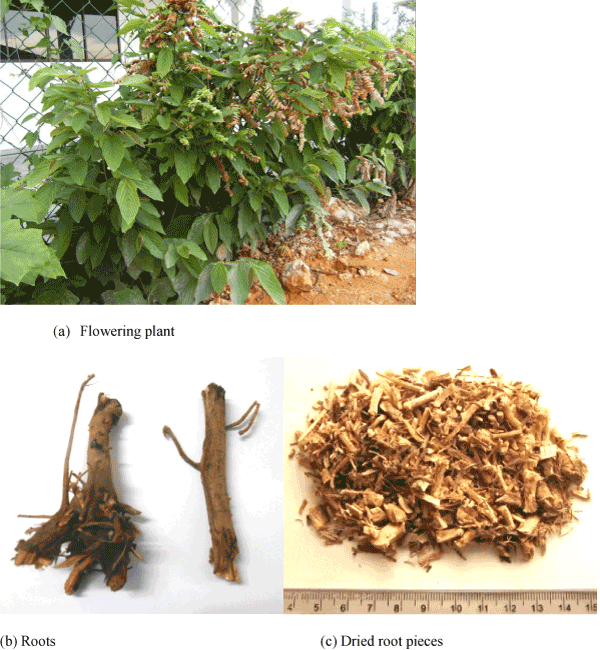 |
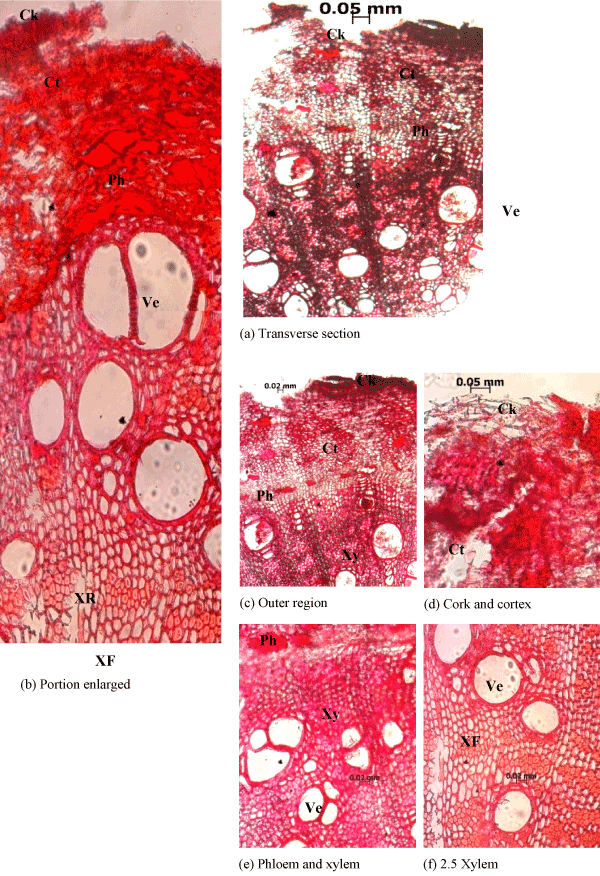 |
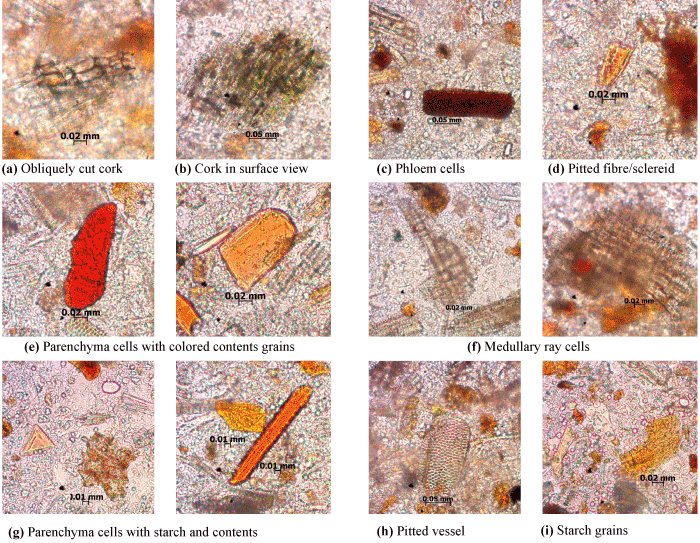 |
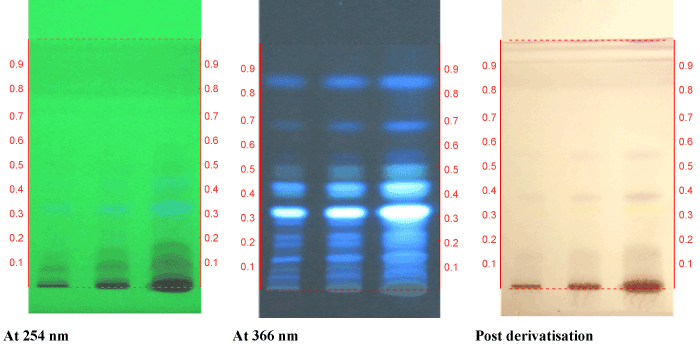 |
 |
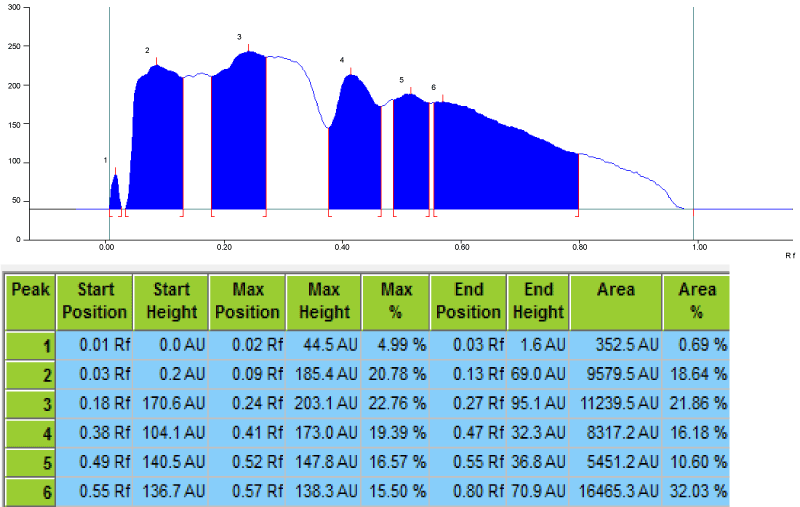 |
| Figure 1 | Figure 2 | Figure 3 | Figure 4 | Figure 5 | Figure 6 |
Relevant Topics
- Acupuncture Therapy
- Advances in Naturopathic Treatment
- African Traditional Medicine
- Australian Traditional Medicine
- Chinese Acupuncture
- Chinese Medicine
- Clinical Naturopathic Medicine
- Clinical Naturopathy
- Herbal Medicines
- Holistic Cancer Treatment
- Holistic health
- Holistic Nutrition
- Homeopathic Medicine
- Homeopathic Remedies
- Japanese Traditional Medicine
- Korean Traditional Medicine
- Natural Remedies
- Naturopathic Medicine
- Naturopathic Practioner Communications
- Naturopathy
- Naturopathy Clinic Management
- Traditional Asian Medicine
- Traditional medicine
- Traditional Plant Medicine
- UK naturopathy
Recommended Journals
Article Tools
Article Usage
- Total views: 15513
- [From(publication date):
December-2014 - Jul 15, 2025] - Breakdown by view type
- HTML page views : 10811
- PDF downloads : 4702
